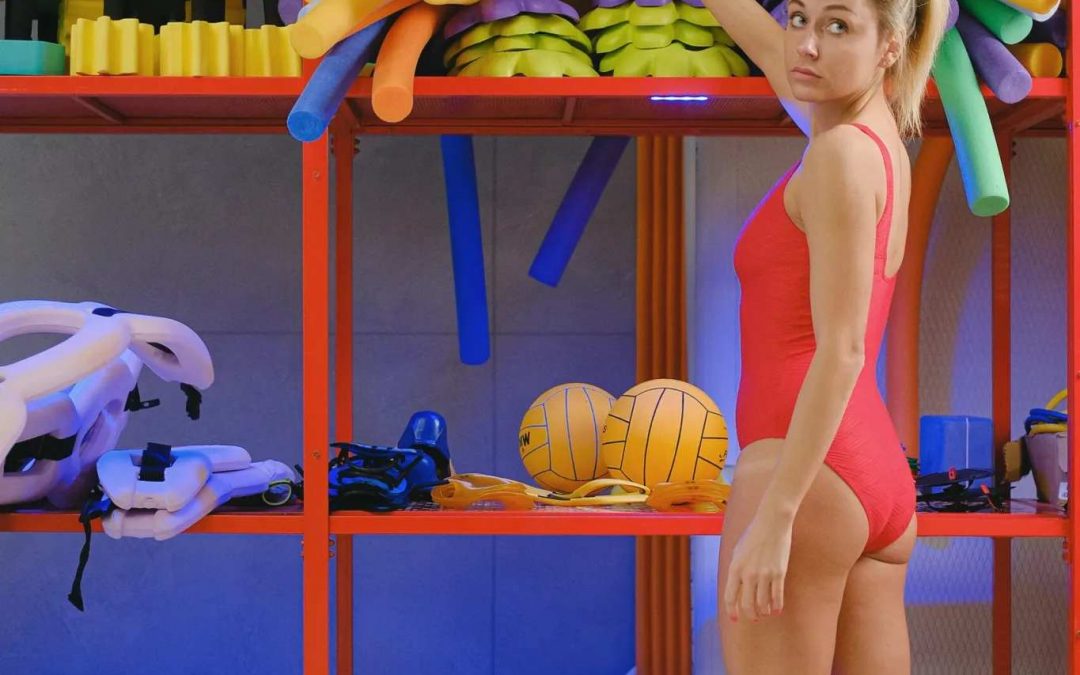Must Have Swimming Tools To Liven Up Your Dive Sessions
Do you want to safely release stress from your body and strengthen the muscles by diving in the swimming pool? Well, several swimming tools help you swim safely and enjoy the time in the water.
For swimming training, swim instructors use various marine equipment such as diving gear, ropes, and rigging tools. For beginners and new athletes, you may wonder what is used for a workout.
This segment provides direction for the use of several types of puddle equipment. This set is intended for swimming in the pool and is designed to assist swimmers in preparation for competing in an ocean or lake.
10 Most Essential Swimming Equipment-The Bare Essentials
Swimming has risen in popularity for both competitive and recreational purposes. Exercise is an effective means of keeping healthy lungs, heart, and weight, and it is also helpful for asthma patients. Surprisingly it slows down the ageing process aswell.
Swimming exercises can also be a life-saving technique. Swimming competitions are held in breaststroke, butterfly, individual medley, and freestyle.
In this segment, we will discuss all the essential swimming tools so that you can decide which swimming equipment is most vital for you at the moment.
1. Pull Buoys
Pull-Buoys are an essential gadget that permits you to build upper body strength. You can use a pull buoy alone or with the paddle and snorkel.
Pulling floaters are typically positioned between the upper legs to improve body positions and simulate the effect of a wetsuit in competition.
You may also place tethers on the ankle straps secured by firmly attached bands around the ankle. This location requires keeping your core tight, hips up, and stroke speeds fast to move as quickly as possible across seawater.
It’s a different but efficient way of improving your upper body and strength.
2. Swimmers Snorkel
The snorkel is a relatively new addition to swimmers’ arsenals. This system assists beginners and experienced swimmers in improving their strokes while effectively ending the interruption to turn your head for breathing.
The body will relax, breathe easily and maintain its proper alignment. The snorkel will allow you to learn how to swim straighter – an essential aspect in a triathlon or open water swim. The snorkel is perfect for a warm-up, stroke, or fast-paced workout because of its stability.
3. Kickboards
Despite the advancement in swim equipment, the kickboard continues its practical use as a training tool for beginners.
A kickboard isolates your legs and concentrates on your kicks, enabling faster movement. The leg muscles need strengthening move around easy.
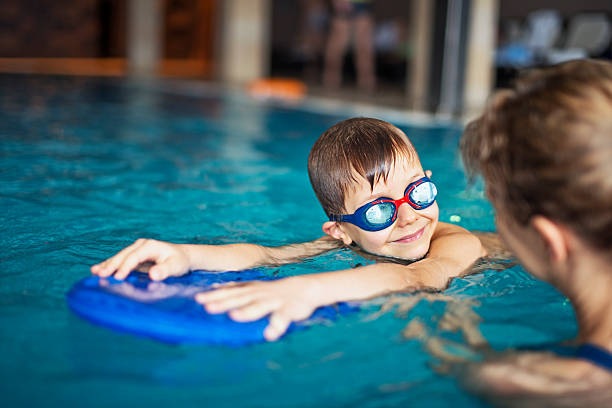
Kick sets also improve and develop technique and kick mechanics; the kickboard will discourage you from bending or cheating through sets. The kick sets allow for breathable breathing during training.
4. Swim Snorkels
Swim snorkels have recently become prominent in swimmer training bags. The snorkelling system lets swimmers improve their skills while not having to turn their heads for breath. The snorkel ensures a proper body position, and the right hand and arms move in the water.
Swim snorkels enhance drill work specifically as the stroke focuses on individual components that need improvement without any worries about breathing techniques or keeping your bodies straight in the water.
5. Fins
Fins improve the balance between the body and your kicks by strengthening your ankle muscles. Ankle flexibility is key to creating the power so that an ankle fin can be a significant training device for any swimmer, especially a beginner.
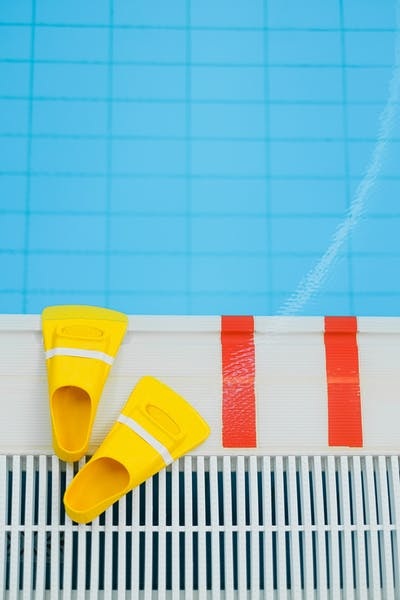
The swim fins help correct a cross-over present in your kicking. When using it during your training, it is possible to strengthen and speed up the kick.
6. Paddles
Hand paddles are a technique for strengthening the stroke as well. The hand paddles increase resistance, and hold your hand held when pulling.
These tools help build muscle, accelerate your process and your performance. The swim paddles are mainly helpful in allowing you to adjust your strokes.
7. Swim Cap
You can use swim caps to keep the hair from getting wet when swimming, and this can be the best reason for using them. Additionally, it also prevents deterioration from the chemical compounds that can be used together with swimming shampoo in pools.

8. Swimming Goggles
The best way to get eye protection at the pool is to have goggles. First of all, you must have excellent visuals so that your safety is assured. Second, your eyes should be protected against redness and irritation when wearing goggles in swimming pools.
Although it goes away when you get out of the pool but better prevent it if you can.
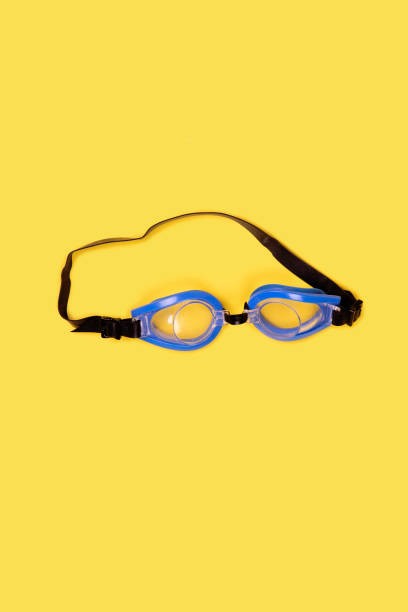
9. Swimming Suits
Swimming with board shorts would seem ridiculous so you need to get proper swimming suits. There are rectangular training suits available in the market for men of smaller sizes. It’s all about being comfortable, which is good.
10. Ear Plugs
Putting ear plugs in the ears would be better because it will stop the water from entering the ear canals. Some people may be suffering from ear aches or ear infections, so having ear plugs while swimming is essential.
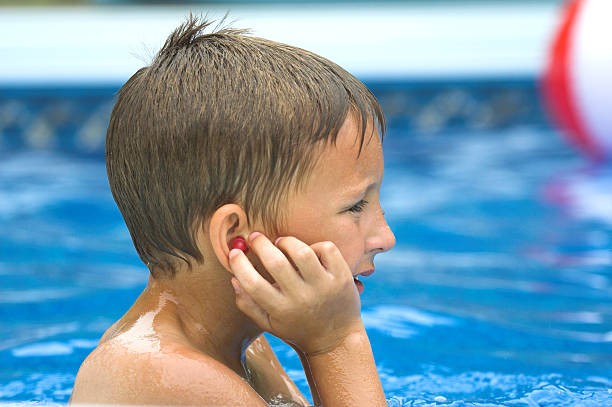
11. Nose Clips Pros & Cons
A nose clip is a small piece of bent wire that a person sticks to their nose. They press the nose to prevent the nose from being opened and water from flowing through it. Nose clips are mostly preferred for beginners who don’t know how to exhale while swimming.
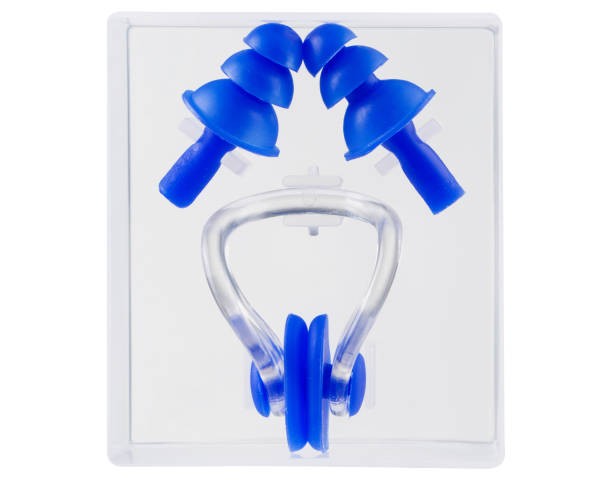
Wearing a noseclip is super easy. Push the nose clip against your nose through the extension facing upward. Now push it by the side against your nostrils to squeeze them.
As a result, the water will not move inside the nostrils when you breathe while swimming. The nose clips keep the oxygen in the lungs. Therefore, a person can swim for longer while putting the nose clip on.
Maintain Proper Body Alignment With Swimwear
The clothing is available in any shape and size in various styles to swimmers. The swimwear should be comfortable without restricting the ability to swim.
Regardless of the type the individual prefers for swimming, it must be carried by each swimmer. The choice to buy swimwear varies from:
1. Men’s bathing suits
A man’s bath suite is usually short-sleeved, and it has a soft material that will dry quicker if uncovered. There are a variety of swimsuits depending on which one is worn.
A few bath suit styles have short swim trunks. Often it’s known as speedos. It is swimwear for competitive swimmers. Men’s bathing suits are available from various clothing and sporting merchandise shops ranging from $90 to $100, depending on the brand.
2. Women’s Bathing Suits
A woman’s bathing suit is swimwear for swimming, and can be used both recreationally, or competitively. The woman is allowed to choose two pieces as a bathing suit.
Pro athletes wear tight one-piece bath suits for enhanced aerodynamic efficiency. Swimming suit prices differ by type. Most swimsuits are woven in polyester and dry when left unfinished.
3. Swimming shirts
Swimming clothes are typically short and long sleeves, which swimmers can wear for warmth. Swimming shirts can range from $30 to $30, depending on the product and brand.
Swimming Competition Equipment
Swimming competition equipment is usually found in almost all swim competitions and is often a necessity.
These types of equipment assist facilitators and contestants in facilitating judging and providing fair and secure conditions for the contestants. Puddle equipment consists of the following swimming pools.
1. Lap Counters
Swimming lap counters can help track lap times. Swimmers can wear theselap counters as wrist watches to keep track of lap time. A swim lap counter is both manual and electronic.

Manual swim lap counters are rotated by people who don’t swim to track the laps of their swimmers. A swimming lap timer works similarly, but someone records the lap time. It is used in competitive swimming.
2. Starter Blocks
Swimmers can begin by using introductory swim blocks. At the gunshot, the scuba divers can go into the pool and start swimming.
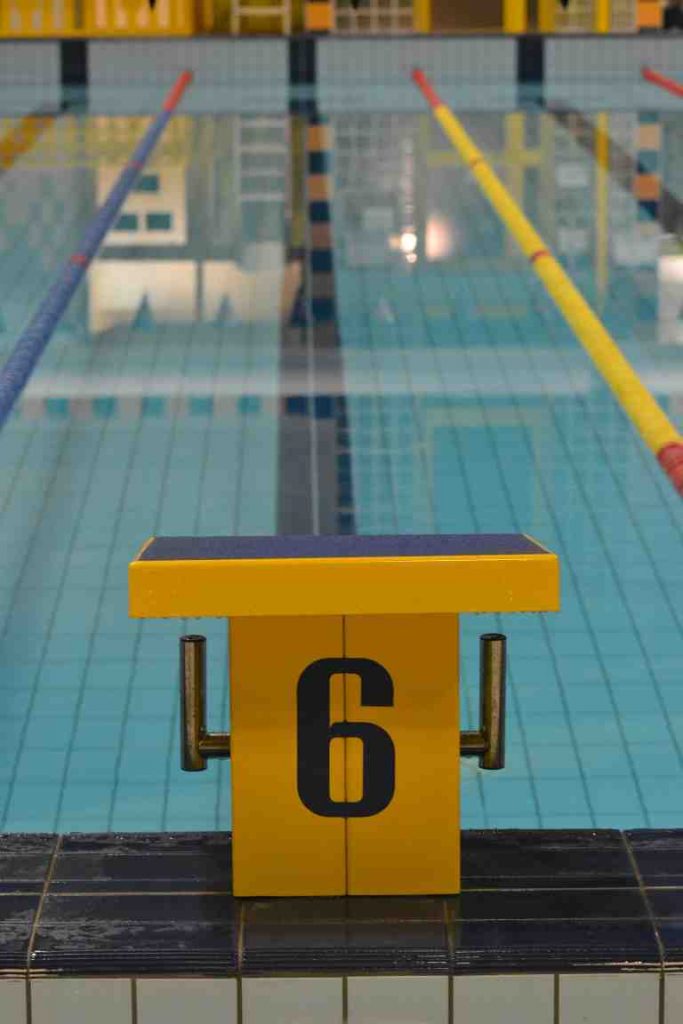
These starting stones can be used in almost all pools and nearly every Olympic pool because swimmers are often required to learn diving on these for greater effectiveness. Starter blocks can be costly and typically bought and maintained in pools and sports clubs.5 Instant Swimming safety equipment
Instant Swimming Safety Equipment
Swimming safety equipment is used to prevent swimmers from drowning. Despite this, they are critical elements that can help protect swimmers from injury. Swimming equipment is generally characterized by:
1. Arm Floaties
Armed floaties are buoys covering your wrists, allowing for easy movement and helping the swimmer be comfortable in the water. They have been designed to help kids keep their weight while letting the person swim. The cost ranges from $5 to $20 per bag.
2. Swimming Noodles
Use swimming noodles in the swimming lessons. The noodles in the swimming class are long cylinders of foam, which are suitable for flotation assistance. These noodles serve as great supporting swim tool when it comes to learning how to swim.
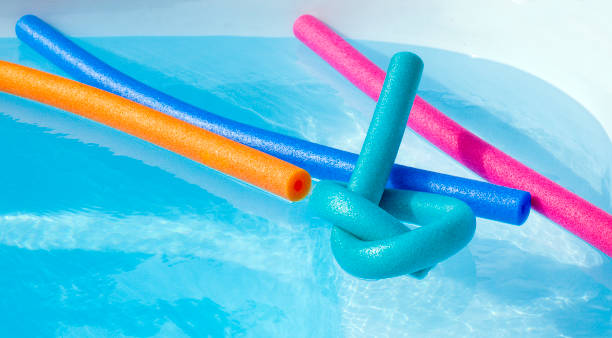
3. Swim Paddles
Swim paddles are beneficial for swimming because they develop your arms and hands for stroke improvement by adding resistance. They are just like the fins, but it helps you to create more strength.
Frequently Asked Questions:
1. What are the swimming pools?
Swimming pools are equipment that helps the swimmers, especially beginner swimmers. The most common swimming tools are goggles, kickboards, ear plugs, paddles, caps, snorkels, and Pull Buoys.
2. What are goggles for swimming?
Goggles are swimming glasses that protect the eyes from irritation and keep the eyes safe from entering the water into the eyes during swimming.
3. What are Kickboards used for?
Kickboards are used to improve the speed of the kick while swimming. It is considered a piece of essential equipment during training by the trainers.
4. What is needed to start swimming?
It would be best if you had the Swimsuit, Goggles, Fins, Pull-Buoy, Kickboard, Hand paddles, and nose clip to start swimming.
Wrap Up:
Swimming tools help you swim efficiently and let you take the best advantage of swimming. Swimming equipment maintains proper body alignment.
The most common swim equipment for workouts is a swim cap, pull buoy, swimming gear, nose clip, fins, paddles, goggles, and swimsuits.
Swimming equipment provides low resistance, flip turns, and balance in the pond. And good quality swimming during workouts, training, and competition in the local pool.
Most commonly, the tools for swimming are used to protect your eyes, ears, and hair health and strengthen your arms and hands. Moreover, they enhance your training and let you win swimming competitions.
In short, swimming tools are paramount if you want to dive into the water. If you are looking for swimming lessons, check out Swimfolks.

